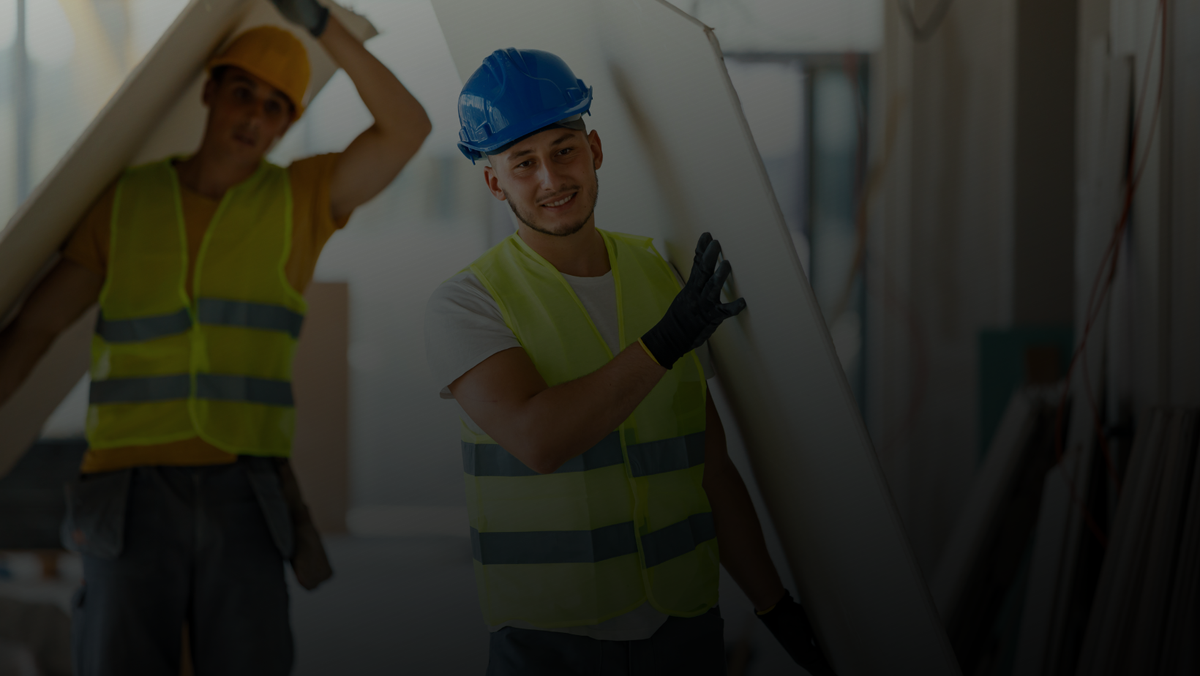Connecting...
Toolbox Talks: Bystander Safety
Published date: 2023/10

Construction sites can be dangerous places, even for experienced workers wearing protective clothing and equipment. But many owners, bystanders, and passers-by simply trust that the construction activities they encounter on a daily basis are being done safely and mindfully.
They don’t always know the hazards and therefore won’t have a chance to protect themselves should something go wrong. So for this reason, employers, supervisors, and workers involved in construction activities have a responsibility to protect members of the general public from the hazards associated with their work.
Hazards and Controls
Hazards are all the potential dangers related to any work project, and control measures are the steps that are taken to proactively evaluate and reduce or prevent injuries that are results of related work activities.
Ensure that alternate areas for public pedestrian traffic are provided, that they are clearly marked and delineated perimeter tape, fencing, signs and notices. These areas should be well lit and maintained.
Operations that may produce hazards like radiation or fire should be controlled and shielded. The area must have barricades and warning signs. In case of fire, evacuate the area immediately and call 911.
All vehicles, machinery and other mobile equipment must be inspected regularly to ensure their functional operation and that all safety systems are in place. Areas accessible to the public must be guarded off before and during the operation of equipment. Visual or radio contact must always be maintained between operators of equipment and those who will provide signals.
All materials, tools, debris, waste, equipment or other items must be contained and secured so that they do not fall, blow away or otherwise enter public areas, especially in high-wind conditions.
Construction projects that produce waste, debris, byproducts or other contaminants that may result in pollution, degradation or contamination must be controlled to reduce or eliminate the pollution hazards. Project waste should be immediately moved to facilities that are licensed and qualified to process
All utilities must be marked with visual warnings and must be located on the drawings of the project. The necessary measures must be taken to protect the public from all associated hazards.
All hazardous materials must be stored away from the public in approved and properly labelled containers. Warning signs must be used to identify the hazards, and all equipment must be placed where fumes and dust will not be drawn into fresh air intakes or windows.
Construction activities that create ground or air vibration must be analysed to prevent damage of surrounding land or structures. Blasting operations require an audible blasting warning signal to be established, published and posted to warn the public. Any public areas or structures that are disturbed, cracked, broke, or damaged during construction activities must be inspected, repaired or replaced
